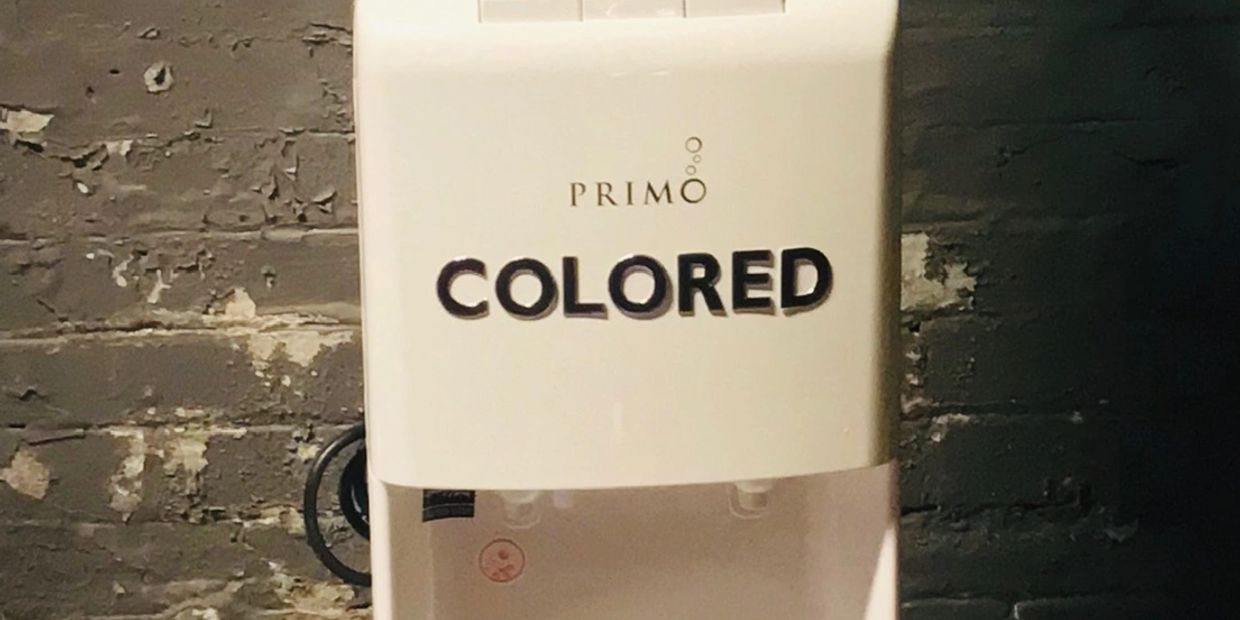School to Prison Pipeline
Disproportionate Incarceration of Black Youth
Schools are charged with educating our youth; however, zero tolerance policies are removing hundreds of thousands of youth from school settings and feeding them directly into the criminal justice system. African American and Latino youth are disproportionately affected by these policies and procedures.
This assemblage uses two boxes connected by galvanized pipe, representing the classroom and the jail cell. The apple, a symbol of the education system, also represents the nurturance schools should provide. However, as the artifact from segregation states, persons of color are only served “to go.” Another is symbol of racism, the Sambo character, is eating in the prison, having taken his food through the Pipeline.
About the Piece
- Wood, metal, small bricks, paint, plastic apple, handcuffs, pencil, historical artifacts, metal grate.
- 22” x 10” x 4”
- juried participant in the Arts Illiana Gallery show July 2018
- $500

Race Wars: That’s Not a Lifeline
Race Riots
When white workers striked in East St. Louis in 1917, the Aluminum Ore Company replaced them with black workers. This exacerbated already tense race relations. Following the shooting of two police officers, thousands of white men marched into East St Louis attacking African Americans, including women and children.
This assemblage uses newspaper headlines from 1917 as the backdrop for the face-off between black and white plastic army men. The white figure holds onto a rope, representing the white men trying to hold onto their jobs and economic advantages. However, if you follow the rope to the other side, it ends in a noose. This represents the unprovoked lynchings of African Americans throughout US history.
About the Piece
- Wooden box, paper background on wood, plastic figures, cotton rope
- 12” x 18” x 3”
- $200

The New Segregation
Flint Water Contamination
Flint, Michigan was once a prosperous town that centered on the American automotive industry. When General Motors began closing factories in Flint in the 1980s, the city faced rapid decline and “white flight.” By the 21st century, the city was $30 million in debt.
In 2014, to reduce costs, the city of Flint, began sourcing water from the Flint River following construction of a new pipeline. However, they failed to prevent corrosion that led to lead contamination in the water supply. The water was so toxic, that the GM automotive plant stopped using it in October of 2014; however, the state did not declare the water unsafe to drink for another year despite multiple experts warning them that the water contained dangerous levels of lead.